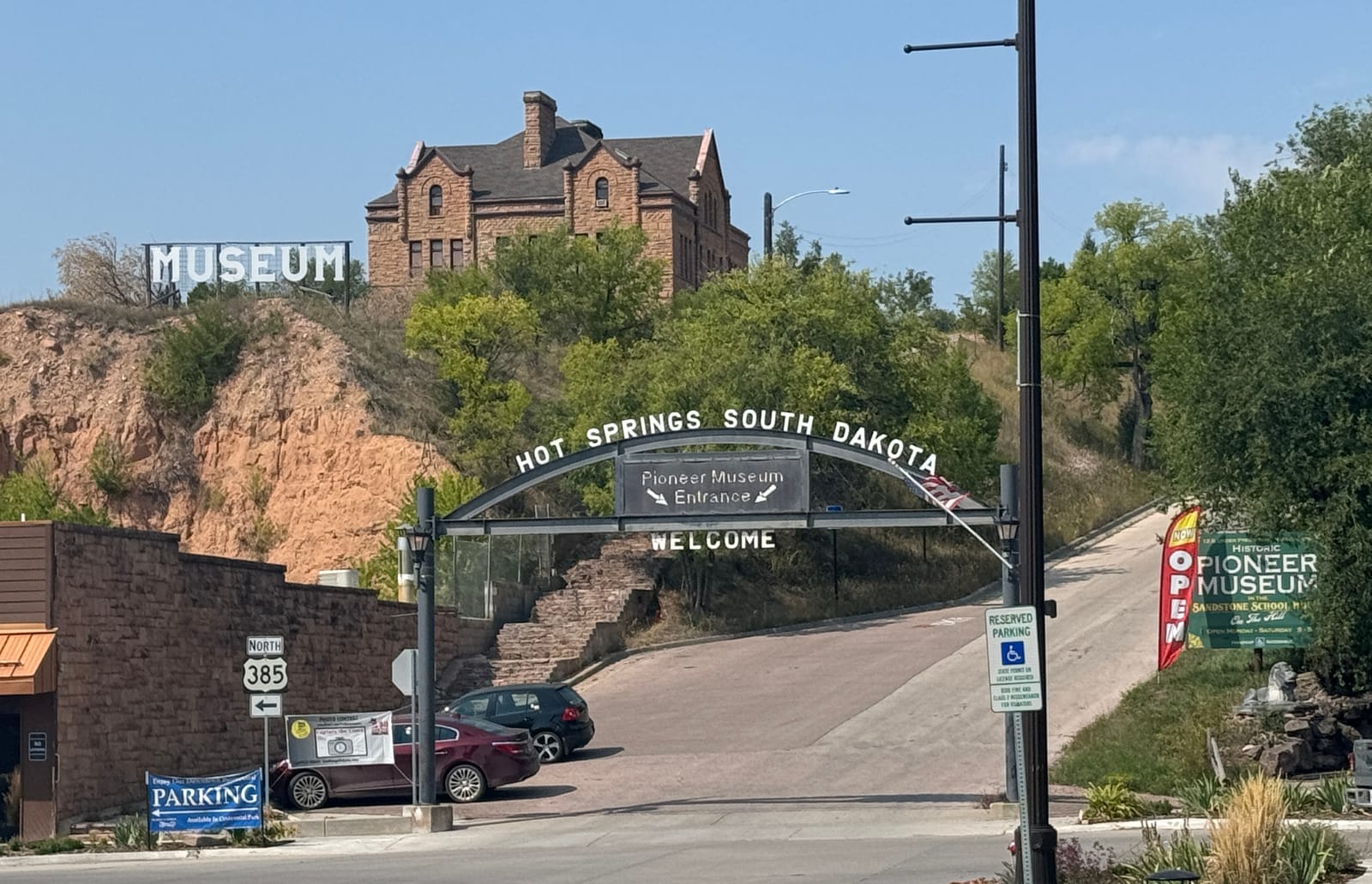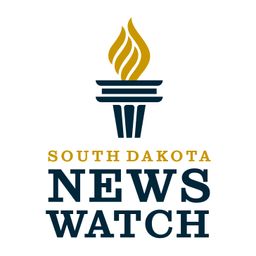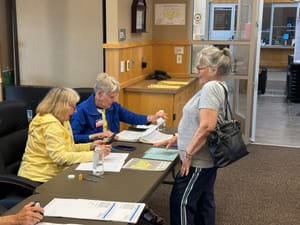HOT SPRINGS, S.D. – Patrick Richards grew up near this Southern Black Hills city and has now – at age 43 – returned to settle down and raise a family.
He and his wife, Alison, were living in Las Vegas until recently when they decided the Hot Springs area would be a better place to raise their 3-year-old son, Dexter, and any other siblings who may come along.
And yet, the couple thinks the city could be improved and be even more accommodating to young parents – and health nuts – like themselves if it had a trail system that allowed for longer rides or walks through the entire community.
"They need more access to hiking and biking trails and a better trail system overall," Alison Richards said as the family played at School Street Park. "They could get more people outside to really enjoy Hot Springs."
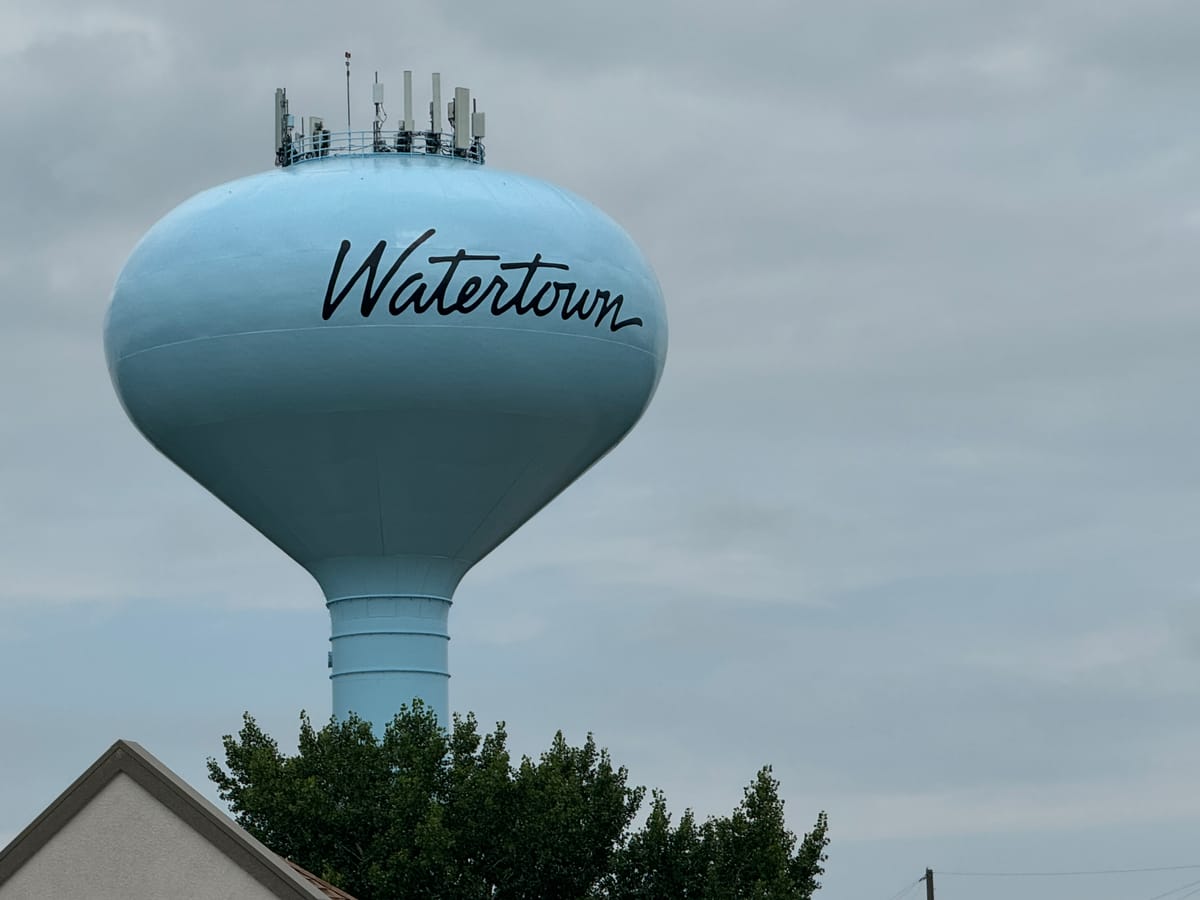
That kind of grassroots input is likely to arise again as the Hot Springs community undergoes an upcoming resident survey aimed at creating a long-range plan for growth and improvement.
Hot Springs agreed to be part of a pilot project called Engage South Dakota, which involves South Dakota News Watch and the Chiesman Center for Democracy at the University of South Dakota using journalism and community engagement to identify the community's top challenges and potential solutions.
The effort is largely based on successful masterplanning efforts across the state in Watertown.

Hot Springs ready to learn, and to grow
Based on interviews conducted by News Watch with leaders and residents of Hot Springs, many in this city of 3,600 people about 50 miles south of Rapid City said the time is right and the will is there to undertake the survey and ultimately implement good ideas that rise to the surface.
"I wonder sometimes if I actually have a good sense of the community, so I'd be very interested to see what a survey comes back with," said Mayor Bob Nelson, 70, now in his third two-year term as mayor. "We are seeing much younger folks in town, and they're going to be the future as a community. And we need to understand what it is they're looking for. And how we might be able to provide that?"
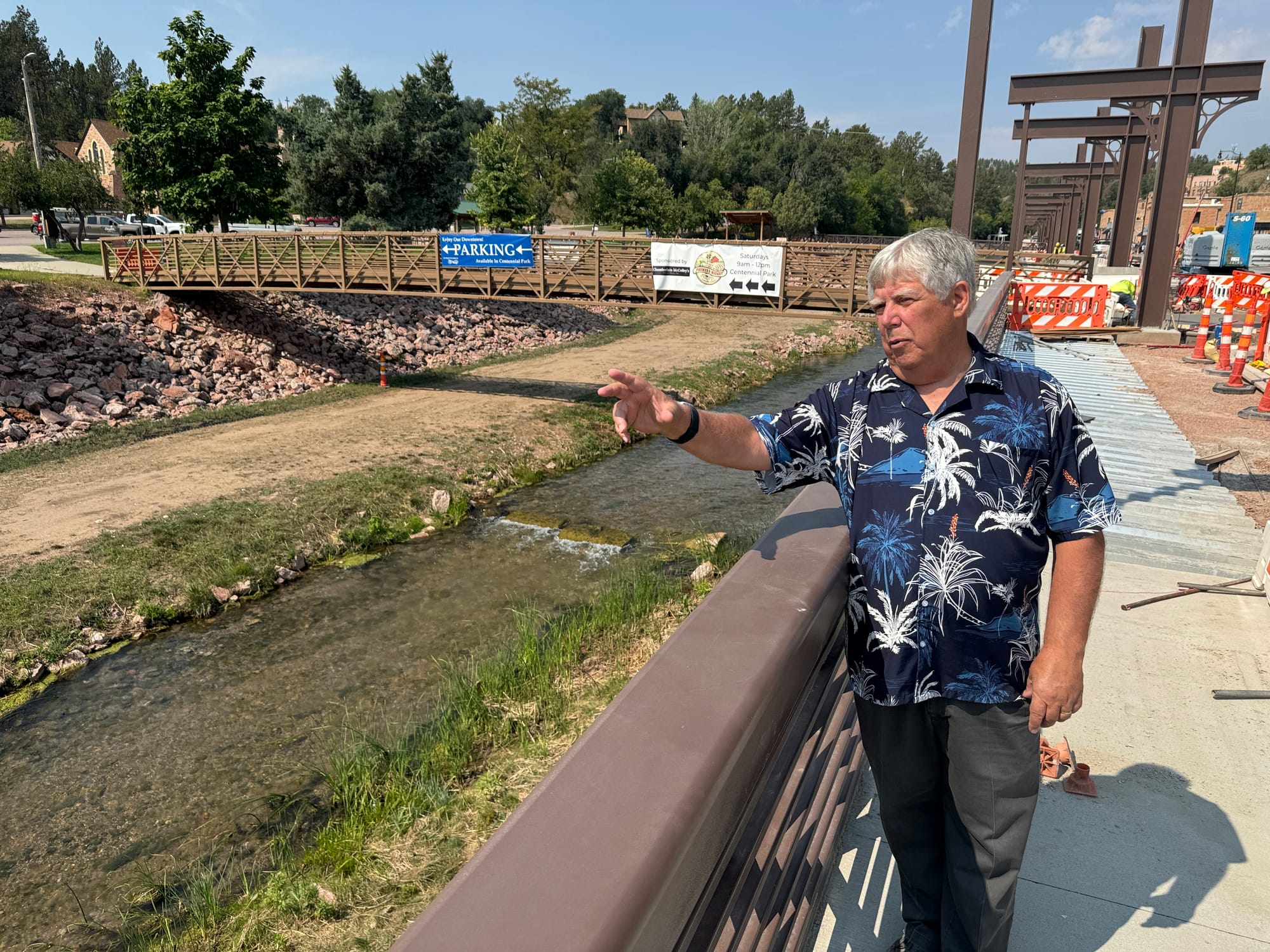
The city has operated under a cloud of uncertainty for nearly a decade over the potential closure of its Veterans Affairs Medical Center. Hot Springs also faces some demographic issues that could make it more difficult to foster growth and to attract younger residents.
According to the U.S. Census Bureau:
- One-third, or 34%, of Hot Springs' population is 65 or older, nearly double the statewide rate.
- The median age is 56, almost 20 years higher than statewide.
- About 18% of Hot Springs residents have a bachelor's degree or higher, well below the statewide average of 32%.
- The city's annual median family income is $47,400, far lower than the statewide median of $69,700.
- The poverty rate is 27%, double the rate statewide.
However, Nelson said Hot Springs is a stable, hospitable place to live and work.
His wish list for change would include more restaurants, even as the city has seen a recent burst of new eateries. He also would seek better parks and playground equipment, and maybe a soccer complex with seating for parents and fans. He said he is pleased with how the nearly complete redo of U.S. 385 through town has widened traffic lanes and added a sense of newness in the city.
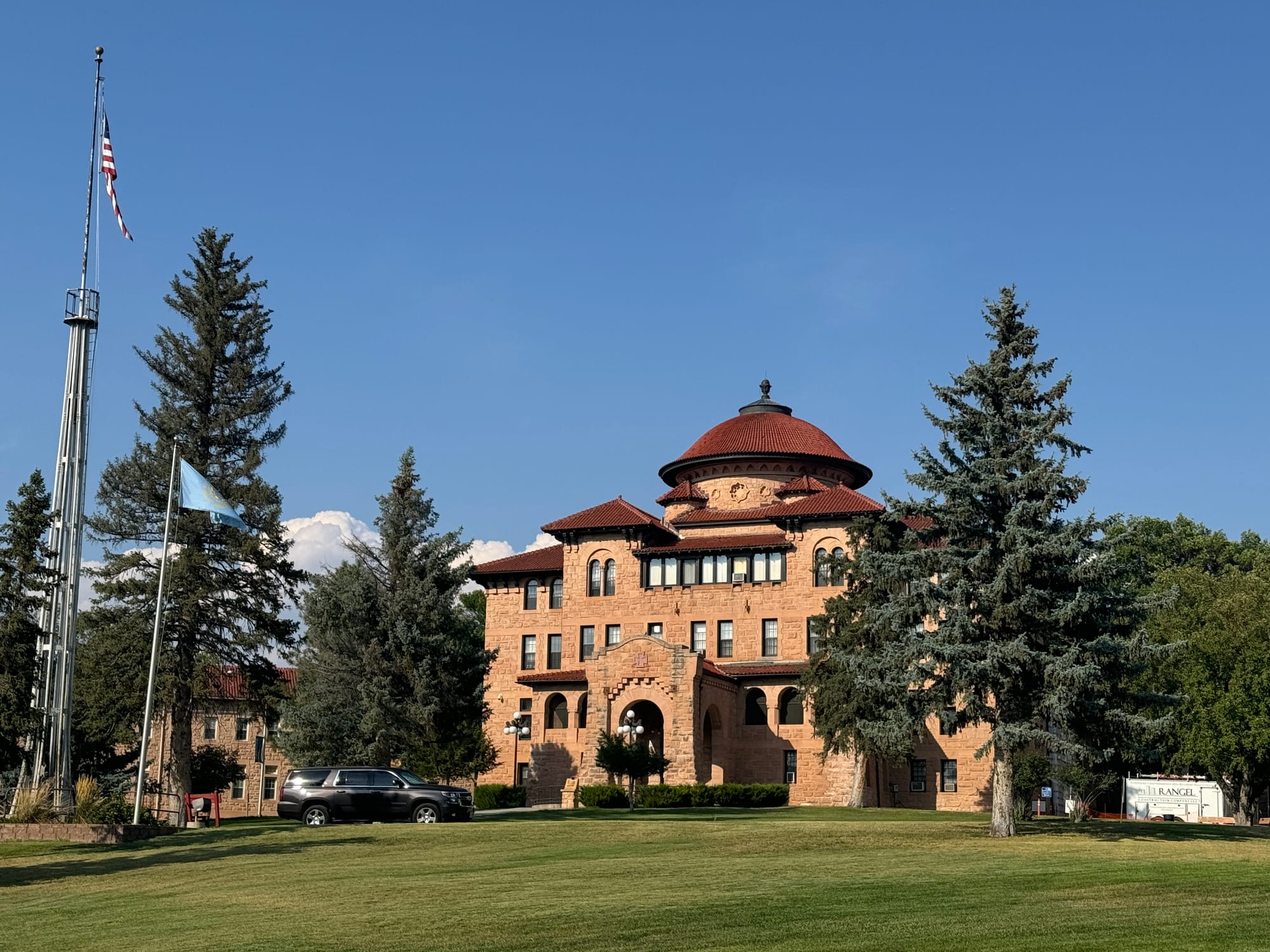
On a larger scale, Nelson sees the same challenges facing Hot Springs as in many other South Dakota cities and towns – a need for more affordable housing, a stronger local workforce and curtailing attitudes that discourage growth and development.
Nelson said the efforts of Gov. Kristi Noem to attract new residents to the state have hurt the ability of locals to afford housing, as the newcomers are able to pay more than asking price in many cases.
The housing market is so tight in Hot Springs that the local hospital, the Fall River Health Services, has lost needed new employees because the health care workers could not find suitable housing. And the city administrator in Hot Springs has had to commute to work from Rapid City since November due to a lack of housing options.
Nelson said he is open to supporting new ideas from residents and other community leaders as long as the community retains key values of freedom, limited government and conservatism.
Improve properties, highlight history
Lindsay Luper, an adviser with Edward Jones Financial in Hot Springs, said she and her husband, Dustin, have found the area to be a beautiful, friendly place to raise and educate their three children.
But Luper also sees areas for improvement.
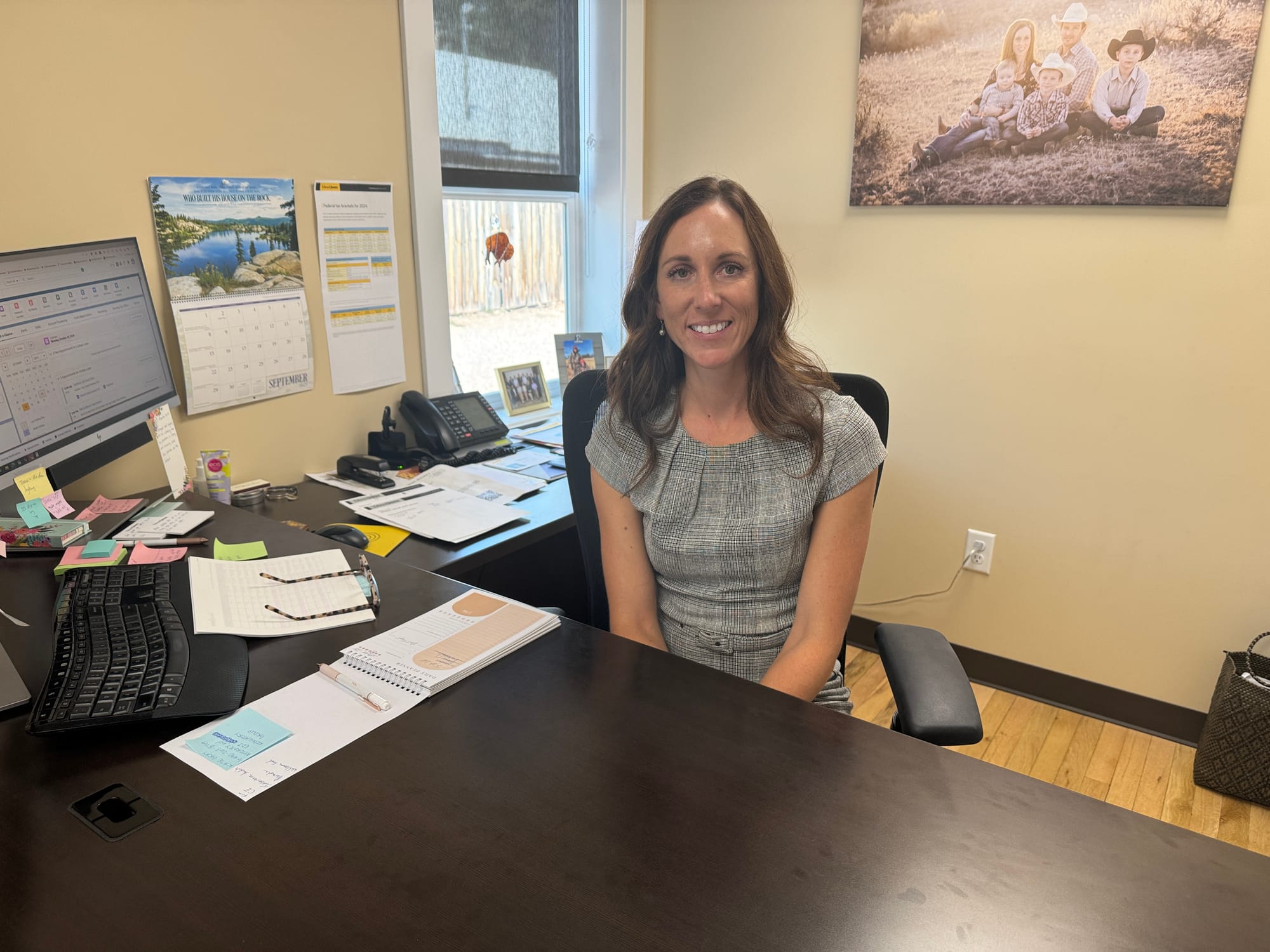
The city could better celebrate and promote its history, much like she has seen to the north in Deadwood. Some properties could use sprucing up, including the famed sandstone buildings, some of which are wearing down due to age. The city needs more day care slots to help attract new families. And it could use some nightlife to lure more young people, she said.
Luper said she also worries that the city has an underlying drug abuse problem that isn't spoken of, and that it probably needs a new jail.
Luper, whose husband ranches on their homestead about 20 miles out of town, said she sees Hot Springs as a gem in the Southern Black Hills.

"It's beautiful here, and the area is so gorgeous. You just go for a walk, and you're gonna see how pretty it is, and I personally love the history of the area," she said.
But Luper added that she feels the city is ripe for growth, new ideas and new energy.
"I will say it's come a long ways, even in these last five years, like you can kind of see people are having a little bit more of an open mind about growth, and where that really was a hard thing in the past," she said.
Selling the region to employers
As executive director of the Southern Hills Economic Development Corp., a large part of Andrea Powers' job is to sell Hot Springs as a location for business relocations, expansions or startups.
Among the city's main attractions, she said, is its strong outdoors offerings and waterways, its scenic beauty and small-town vibe, and its unique history as a town where people came for the therapeutic values of the local hot springs.
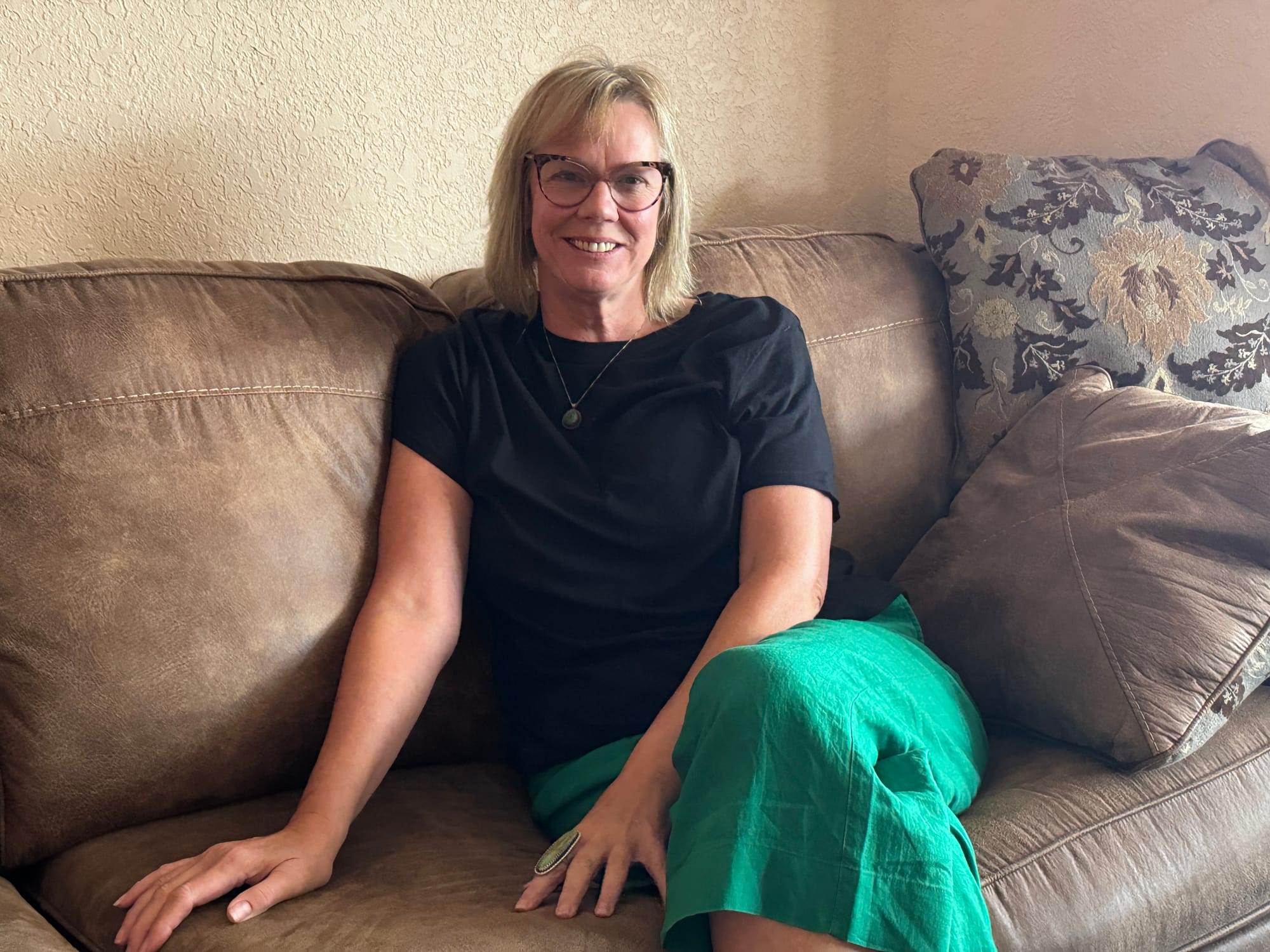
Powers said Hot Springs needs to spruce up buildings that have become worn, including the red sandstone structures that require expensive and careful restoration.
"Preservation is economic development," she said.
Powers said she hopes the city can expand its educational offerings, including in the skilled trades, lure new employers to town and enhance the city's reputation as a top-level tourism destination.
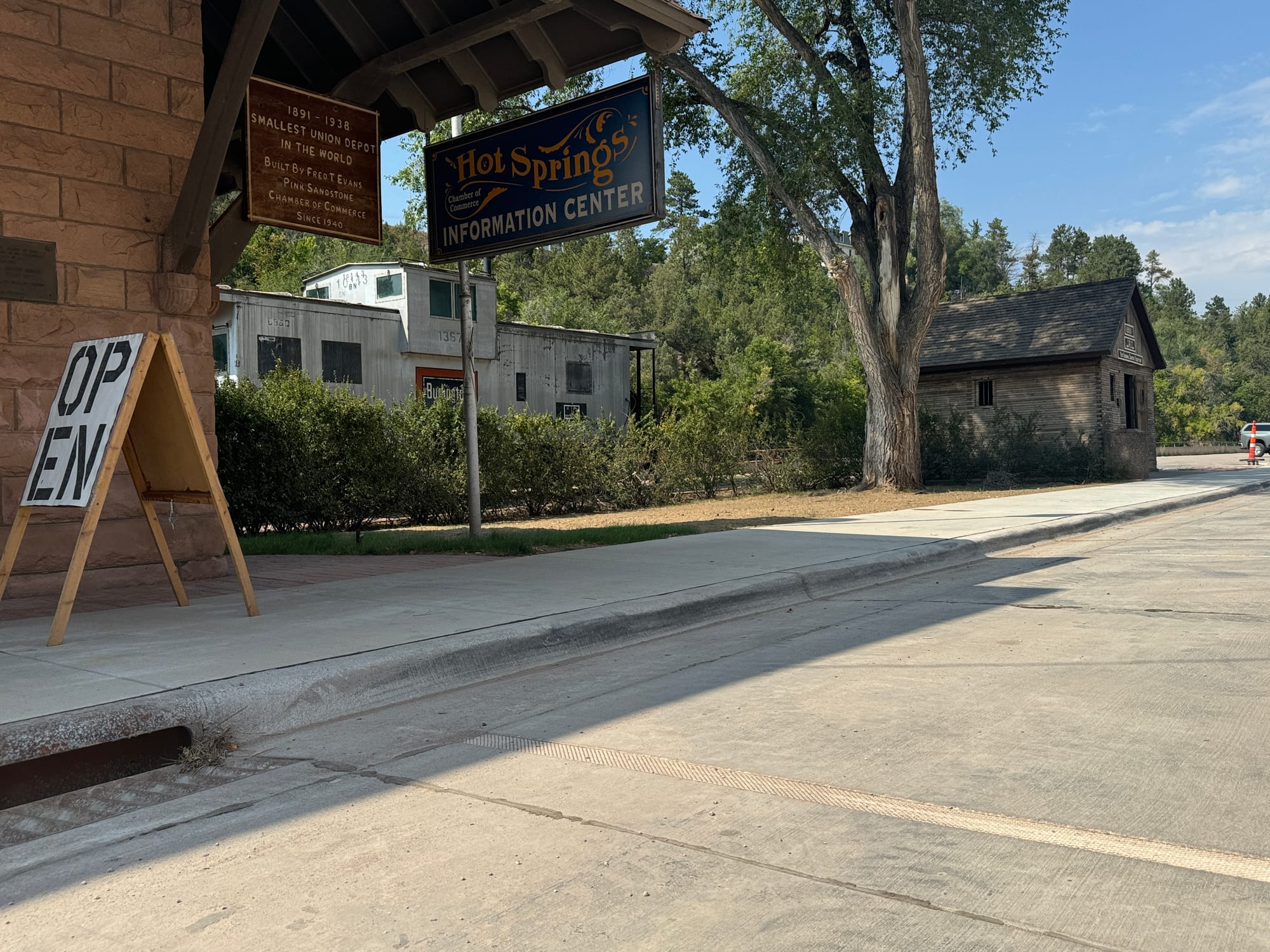
After residents complete an online survey about their community and its needs, Powers along with Chiesman researchers will take additional input from people at a public gathering on Monday, Oct. 7, at The Space in Hot Springs.
Cheisman will then compile a report summarizing its findings and the proposed solutions town leaders and residents come up with.
Resident ideas and action will be critical in determining a path forward for the community, but it will be worth it if progress results both for individuals and the city as a whole, Powers said.
"In rural communities, people have to step up," she said. "Because the big questions are, 'How big do we want to get, and what do we want the city to look like?' Because the objective for all of us is simply that we want everyone to thrive."
If you live in the Hot Springs area, fill out the community survey and share it through this link: https://bit.ly/engagesd-hotsprings.
This story was produced by South Dakota News Watch, an independent, nonprofit news organization. Read more in-depth stories at sdnewswatch.org and sign up for an email every few days to get stories as soon as they're published. Contact Bart Pfankuch at bart.pfankuch@sdnewswatch.org.

